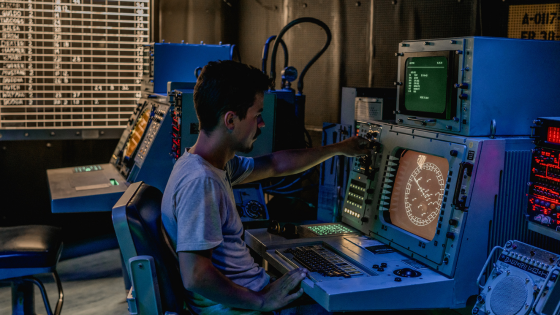Table of Contents
Test Optimization with Machine Learning
As software development continues to grow more complex, testing has become increasingly important. Finding and fixing bugs can be a tedious and time-consuming process, but with the help of machine learning, testing can become more efficient and effective. In this blog post, we’ll explore the benefits of using machine learning for test optimization.
What is Test Optimization with Machine Learning?
Test optimization with machine learning refers to the use of artificial intelligence to improve the testing process. Machine learning algorithms can analyze large amounts of data and identify patterns that humans might miss, which can lead to more accurate and comprehensive testing.
Benefits of Test Optimization with Machine Learning
- Faster Testing: Machine learning algorithms can analyze data much faster than humans can. This means that tests can be run more quickly, and bugs can be identified and fixed more efficiently.
- More Accurate Testing: Machine learning algorithms can analyze data with a high degree of accuracy, reducing the risk of false positives or false negatives in the testing process.
- Improved Test Coverage: Machine learning algorithms can identify patterns and anomalies that humans might miss, allowing for more comprehensive testing.
- Cost Savings: By improving the efficiency and accuracy of testing, machine learning can help reduce the overall cost of software development.
How Does Test Optimization with Machine Learning Work?
Test optimization with machine learning involves the following steps:
- Data Collection: The first step is to collect data on the software being tested. This could include data on user behavior, system performance, and any bugs that have been identified.
- Data Analysis: Machine learning algorithms analyze the data, looking for patterns and anomalies that might indicate a bug or other issue.
- Test Generation: Based on the results of the data analysis, machine learning algorithms can generate new tests to run, to identify any issues that may be present.
- Test Execution: The generated tests are then run, and the results are analyzed to identify any bugs or other issues.
Frequently Asked Questions
Q: How does machine learning improve the accuracy of testing?
A: Machine learning algorithms can analyze data with a high degree of accuracy, reducing the risk of false positives or false negatives in the testing process.
Q: Can machine learning completely replace human testers?
A: No, machine learning algorithms can supplement the work of human testers, but they cannot completely replace them.
Q: Will test optimization with machine learning increase the cost of software development?
A: While there may be some upfront costs associated with implementing machine learning for test optimization, the overall cost of software development can be reduced by improving the efficiency and accuracy of testing.
Conclusion
Test optimization with machine learning is a powerful tool for improving the efficiency and accuracy of software testing. By analyzing large amounts of data and identifying patterns and anomalies that humans might miss, machine learning algorithms can help developers find and fix bugs more quickly and effectively. While machine learning cannot completely replace human testers, it can supplement their work and lead to cost savings in the long run. If you’re looking to improve your testing process, consider incorporating machine learning into your strategy.



